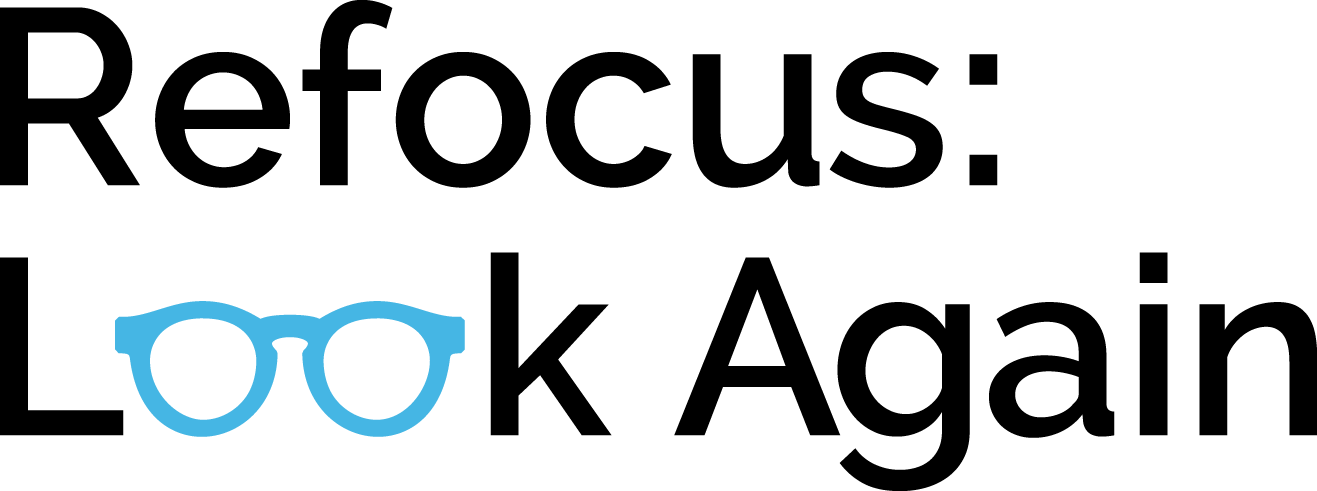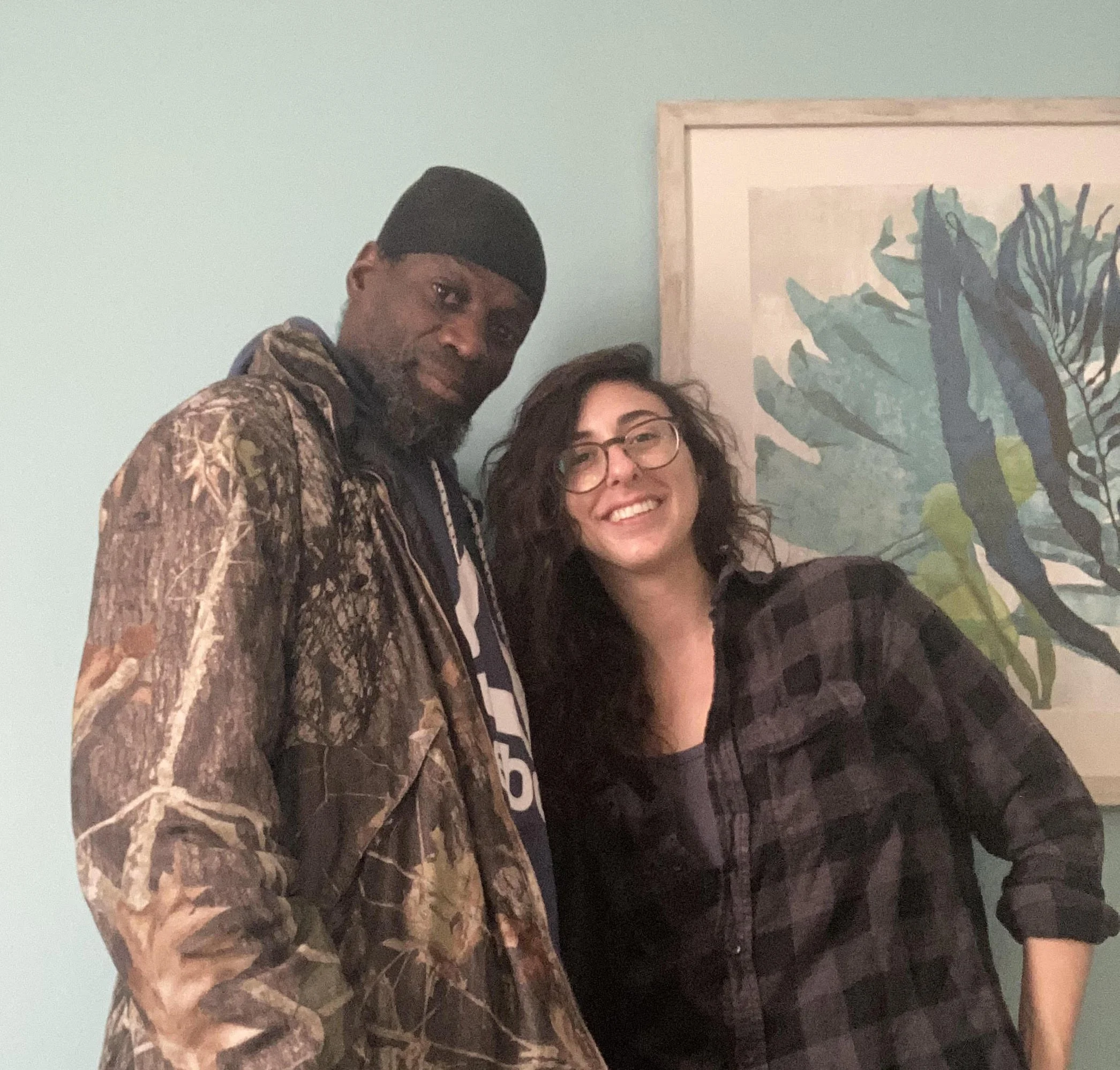I feel honored to share this particular recovery story with you. Recovery often isn’t linear and isn’t tied to specific measurements or success or achievement. Sometimes recovery is just an ongoing commitment to positive change. This story highlights someone working through a crisis who is also a close friend of mine, which is referenced during the conversation. During the pandemic I moved to an entirely new town where I didn’t know anyone. I met Antonio while he was doing yard work for some of my neighbors. We became close friends quickly over shared life experiences, and his kindness and compassion made me feel at home in a new place.
Stigma Article - Breaking Down Substantial Barriers
Letter from the Editor
Welcome to our new format - Topic of the Quarter, for our first theme we will be exploring the link between homelessness and behavioral health. The reason I started here was two fold. Homelessness is on the rise, with the decline in affordable housing options and the economic upheaval brought on by COVID 19, and the stigma surrounding it in both personal attitudes and public policy is rampant and unchallenged in our day to day lives. It is also deeply personal in both my past experiences with housing insecurity and my professional career working in housing services.
Housing crisis takes toll on Bay Area LGBTQ seniors
“"LGBTQ elders face heightened isolation, oftentimes being forced to hide their sexual orientation and/or gender identity inside nursing homes or care facilities, which our Project Reclamation homes enthusiastically welcome and uplift," Daly continued. "Older adults themselves face stigma, and those living with severe behavioral health challenges have even deeper incidences of stigma.”
‘We’re losing a whole generation’: How Experts Are Treating Opioid Addiction in Native Communities
“We have a stigma against people who are struggling with mental health, we tend to push them away or tend to look at them some sort of way,” Roe said. “In our community, we can't afford to do that. We can't afford to have a stigma against our people that are sick, that are experiencing homelessness, because we're losing a whole generation. We're losing a whole generation to opioids.”
From Homeless to Community Advocate, Paul Nickels is Driven to Help People in Need
This previously homeless peer advocate keeps a website of resources for local members of his New Jersey community who are experiencing problems with mental health, addiction, low income and homelessness. By making sure his community members know where to go for resources, Paul Nickels is fighting the stigma and distorted perceptions around mental health, homelessness, and addiction. Click the title for the full article on his project from TapInto.net or visit https://hrgmediaorg.wordpress.com/ to see it in action.
My Friendship With A Heroin User Showed Me Just How Judgmental I Was
The Double Stigma: Homelessness and Alcoholism
This article takes a look at how common distorted perceptions around addiction have evolved into “three basic schools of thought on alcoholics and homeless shelters” centered around the idea of “wet “ or “dry” shelters (whether or not participants are allowed to seek shelter while intoxicated). The article also touches on harm reduction, housing first, and sample goals/ viewpoints from organizations providing each. A great introduction to the conversation around treating homelessness and addiction! Click the title for the full article from The Fix.
An Abbotsford student’s view of addictions and losing stigma
After working with a local network of current and former drug users, 18 year old Max Kerr realized that he had many distorted perceptions towards homelessness and addiction. “When I came to my first meeting I kind of just kept to myself, and I was really nervous. I didn’t entirely want to shake people’s hands because all the perceptions I had were: homeless people are grimy, they’re dirty. And anyone I told about this, they said ‘Well, be careful that they don’t try to manipulate you into giving them money or drugs or something,’” he said. “As soon as I met them, I knew that my perception of them was wrong. I think a lot of people probably know that, too, but they don’t listen to that thought,” he said. Are you seeing clearly? Refocus and look again. Click the title for the entire story from The Abbotsford News.
Mosaic shines light on mental health, homelessness
In August 2018, a public mural highlighting mental illness and homelessness titled, Pieces to Peace was installed in Toledo, Ohio. Community members from all walks of life worked together over two months to create the 20-by-20-foot glass mosaic mural depicting “a homeless person with mental issues crouched in a structure with light coming through a window. Below the person is a set of eyes.” “The message of the mural is about reducing the stigma of mental health disease and homelessness. Everyone we stopped to talk to [about the project] along the way said, ‘I have an aunt, an uncle, a parent, a cousin [with mental health issues]. It’s a universal disease that we don’t talk about. [Discussion] is the goal of the mural, and we believe this visual is going to do that.” Click the title to access the entire article and photos of the mural from The Blade.






